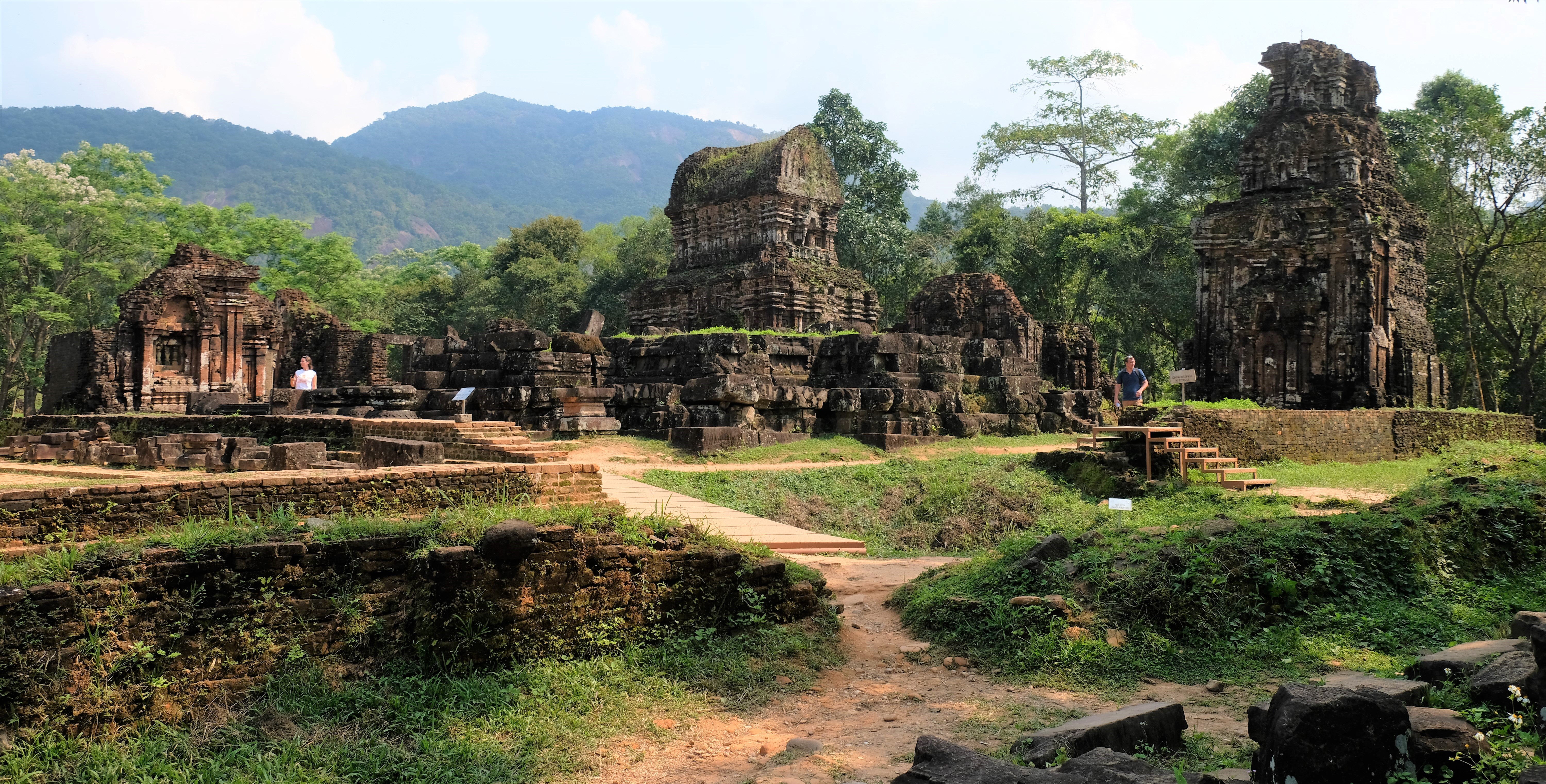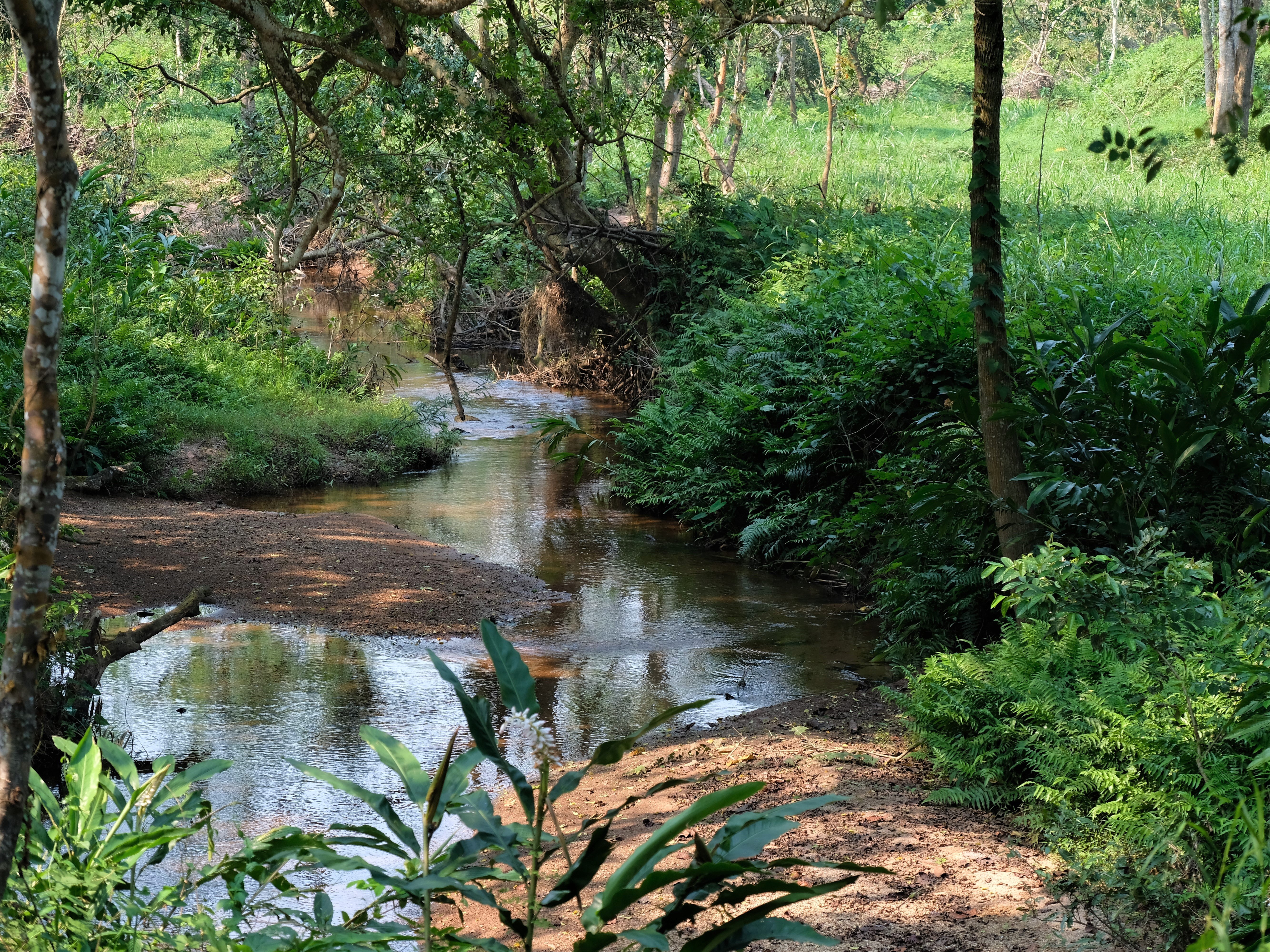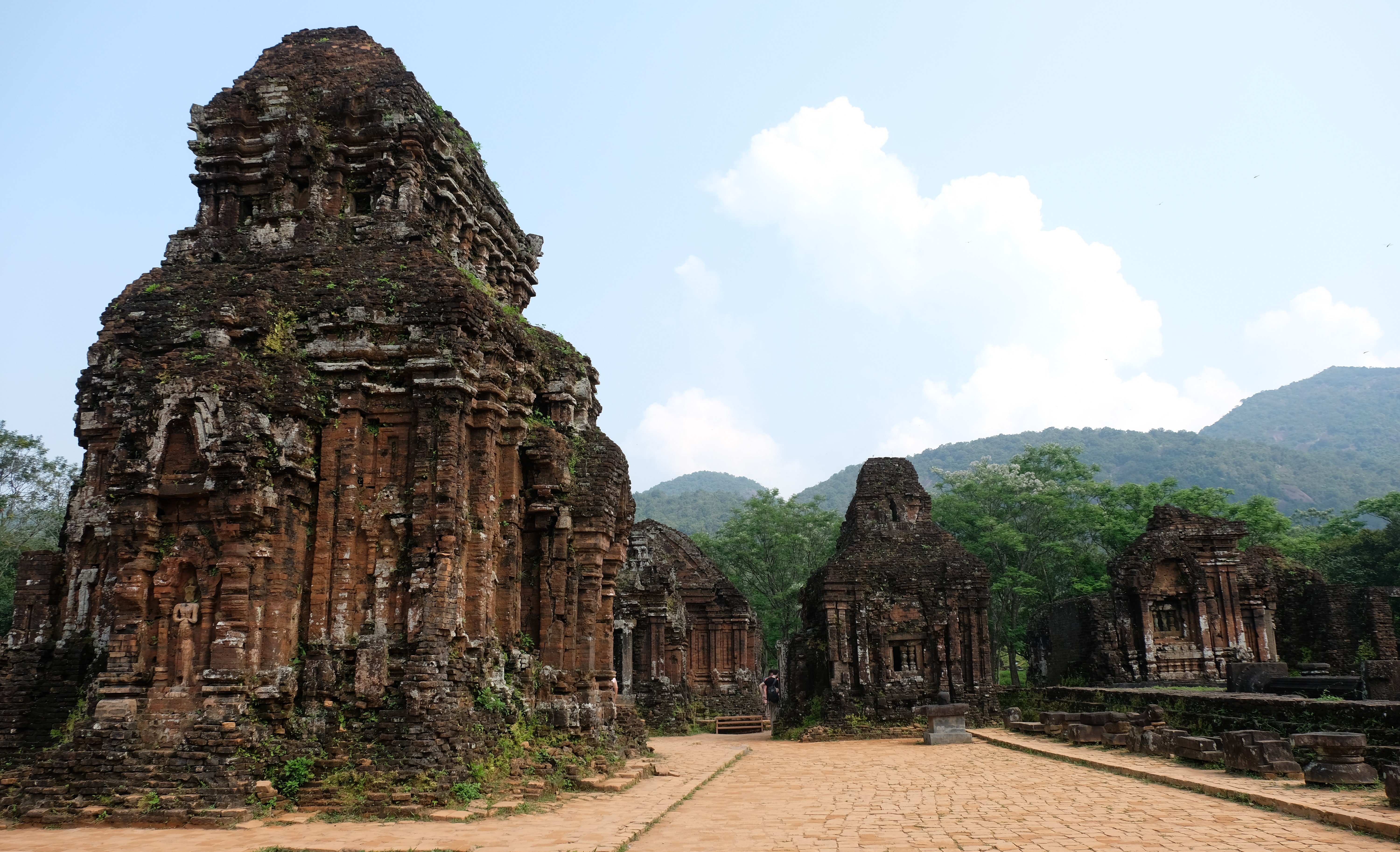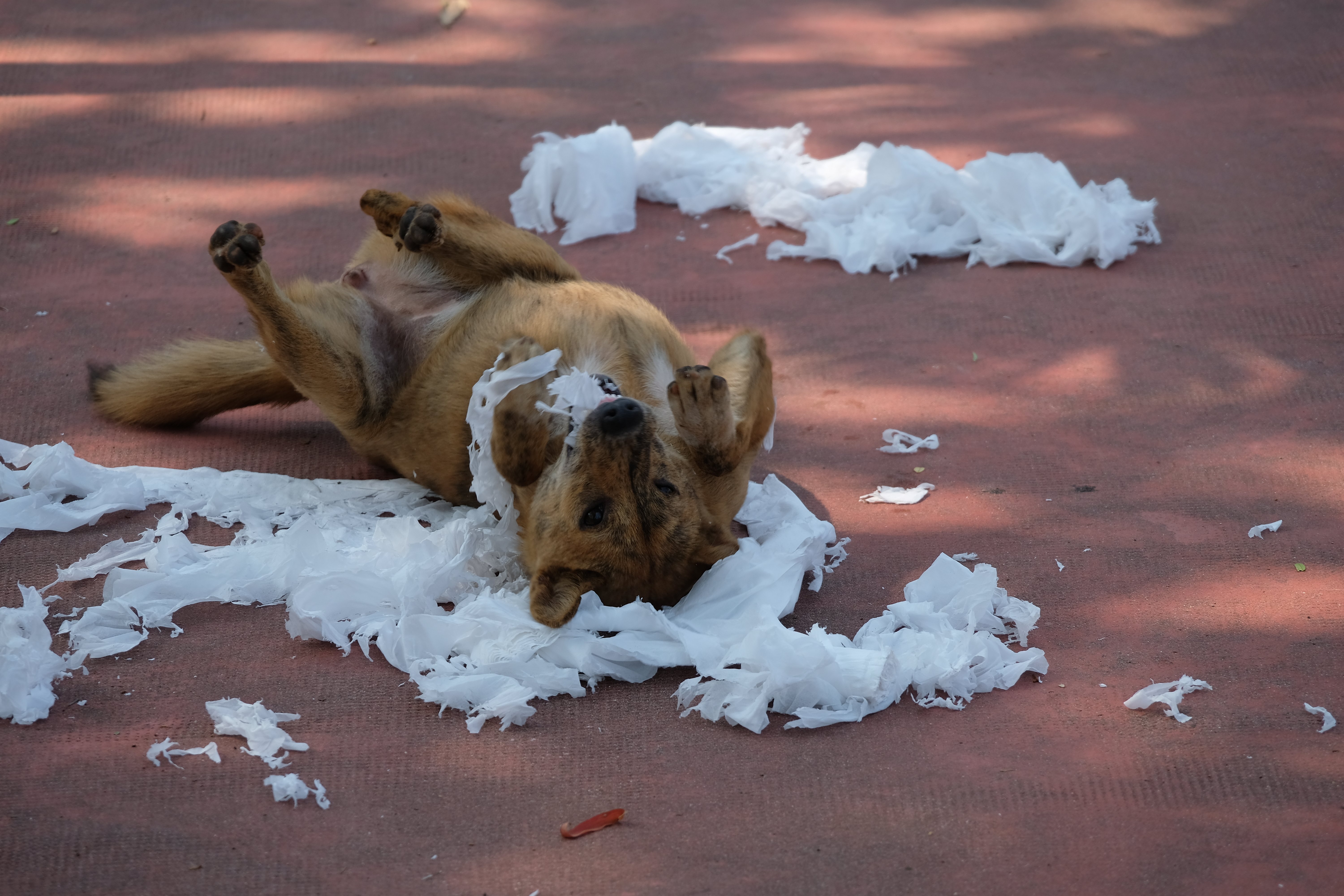About 40km inland from An Bang Beach are the ruins of My Son, once the spiritual capitol of the Cham people. Public transport isn’t great in Vietnam so I arranged a taxi to take me there and back, agreeing on a 2 hour visit – I have no idea how much it cost but nothing costs much in Vietnam. The drive there was pleasant enough, the roads are in good condition and not that busy, it was on a Saturday. One thing I did notice was that may of the houses were blaring local music from their disco speakers either from the porch or lounge. That’s something I hadn’t mentioned in my previous posts; many households have large nightclub/disco speakers, usually in their lounge – just what purpose they serve I have no clue. Even if no one is there visiting the volume is above casual listening.
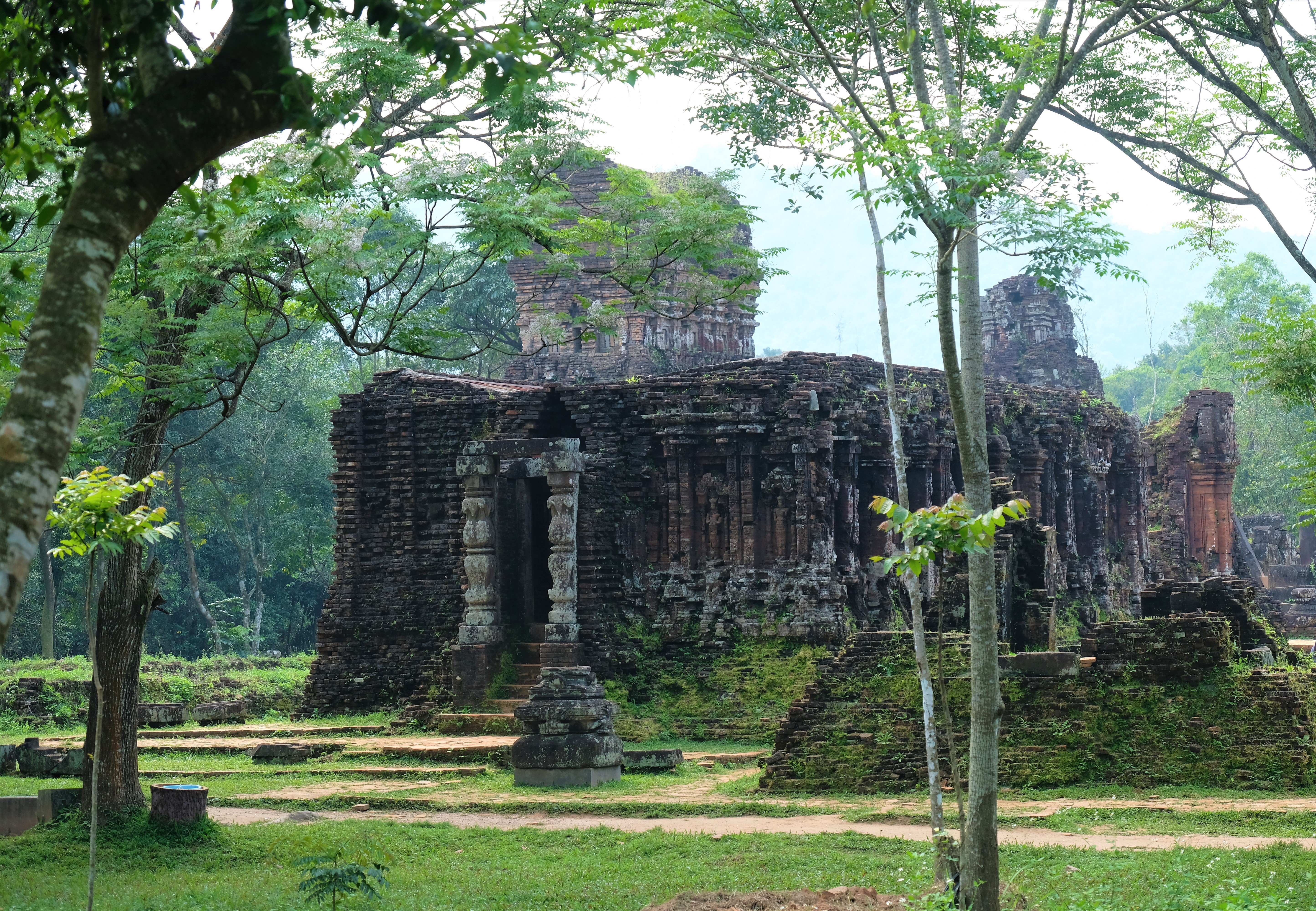
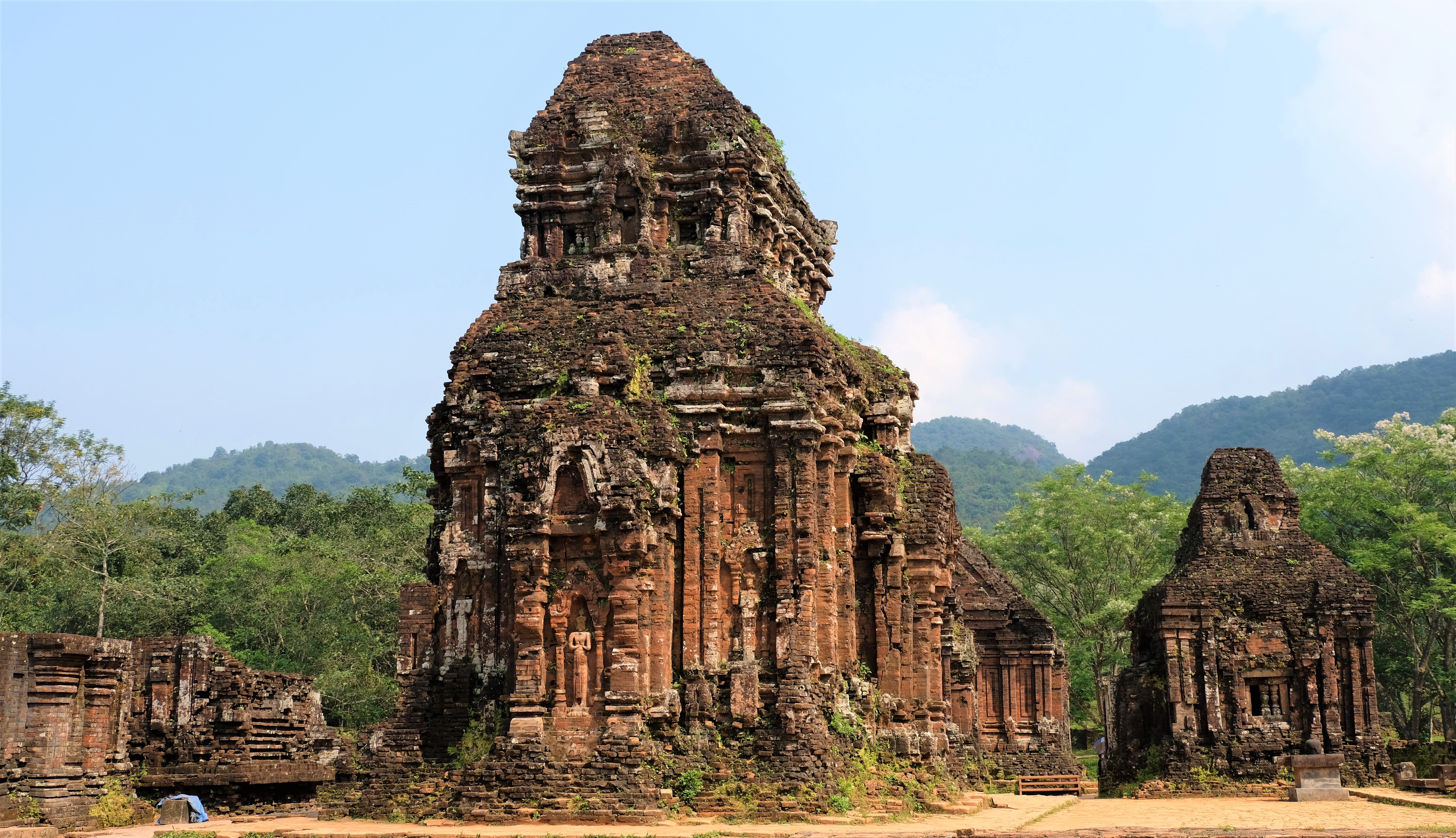

Brief History & Background of My Son
During circa. 4th – 14th century Vietnam as we know it today was broadly divided into four regions:
- North, ruled by the Chinese
- Middle (region of modern Hanoi), ruled by the Viet people (not yet known as Vietnamese)
- South (Hoi An along the coast to current Southern Vietnam), was the Champa empire of the Cham people with Đồng Dương as the capitol till the end of the 10th century, moving further South to Bình Định Province afterwards
- West, the Angkor/Khmer empire
Before and during the period 4th – 14th centuries there were many clashes between the regions primarily between the Cham and Chinese, the earlier part of that period was dominated by the Cham, the latter by the Chinese, after that period by the Viet. The rise and abandonment of My Son runs parallel to the fortunes and fall of the Cham. That is as shorter history and background as you can get!
My Son these days is in an isolated area, arriving there I questioned just how worth the visit would be, that’s how isolated it felt. The entrance to this UNESCO World Heritage site is odd, the first seems quite ordinary with a few nondescript shops and a small but nice museum. From there you cross a river by a semi-ornate bridge at which point I thought the main site would begin, I was wrong. The next stage reminded me of the Valley of the Kings in Egypt, a well tarred road with a shuttle service on a golf-cart train (the best description I can think of) taking about 10 minute. Third and last is a 20-30 minute walk to the actual My Son archaeological site, more about this walk shortly. The second part of the entry is world class compared to the other places I’d been to in Vietnam, I was impressed.
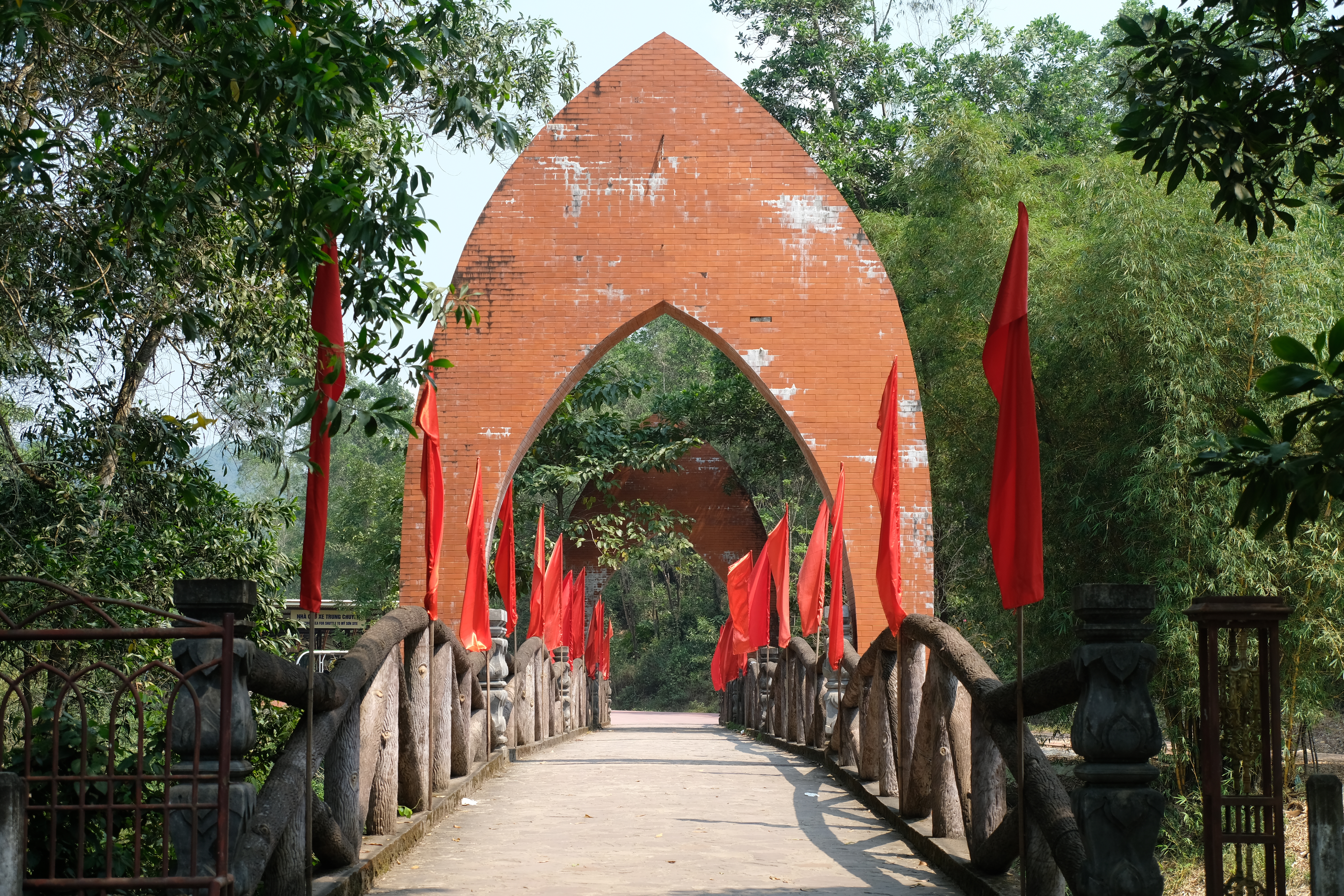


Reverting back to the third part of the entrance, the walk to the actual My Son site. Well, located in dense jungle, the well paved footpath the only reason you know you are not lost as it weaves through the trees, carpet and walls of green vegetation. There is an ever presence of water from numerous small streams to the regular trickling of water hidden by the thicket. Whilst in Hoi An my attire was shorts, t-shirts and flip flops (closed shoes when riding), it was always hot and humid, My Son brought this to a whole new level, especially the humidity…swimming in the sea felt drier! The walkway is about 2km, by the time I got to the site my t-shirt was drenched, the heat and humidity was relentless.
My Son
My Son was used for more than a thousand years, the site was used prior to the 4th century for what some say hundreds of years, the site was at its peak around the 10th Century – it is a Hindu religious site dedicated to Shiva. Throughout the centuries Kings, Priest and the wealthy build temples dedicated to Shiva at My Son, in total there were over 70 temples. I use the word “were” for a few reasons, firstly after the 14th century the site fell into neglect and by and large abandoned, the jungle and time taking over. Interest in the site was rekindled by a Frenchman in the late 19th century which lead to restoration of the site beginning in the 1930’s. Of this restoration work it included the main and most spectacular temple called now referred to as temple A1, build in the 7th century. Secondly, during the Vietnam War the Americans carpet bombed the area over one week in August 1969 destroying most of the temples and obliterating temple A1. The remnants of the bombing still very evident today with craters and blackened brickwork, the centre of the complex was least affected but did not go unscathed.
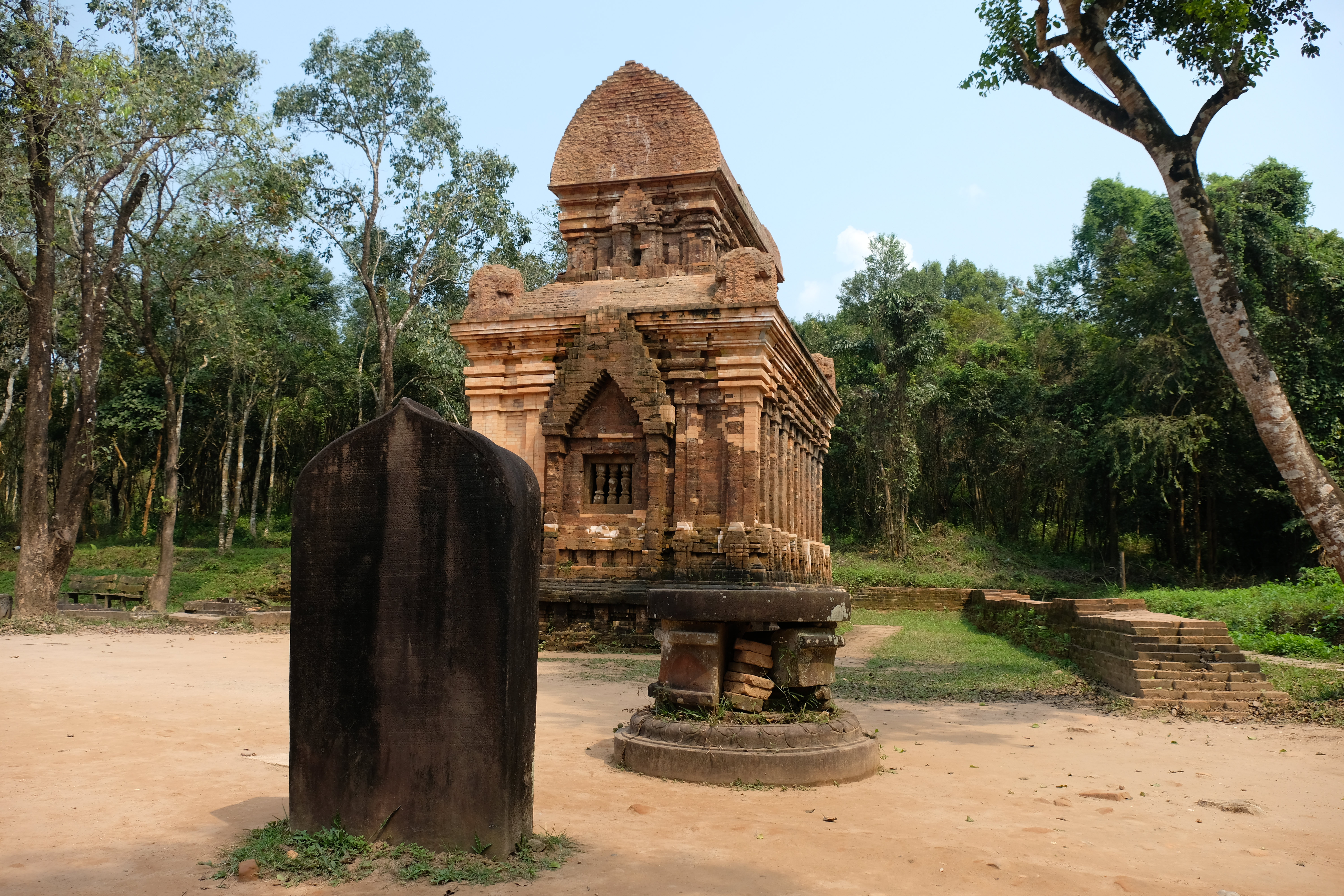
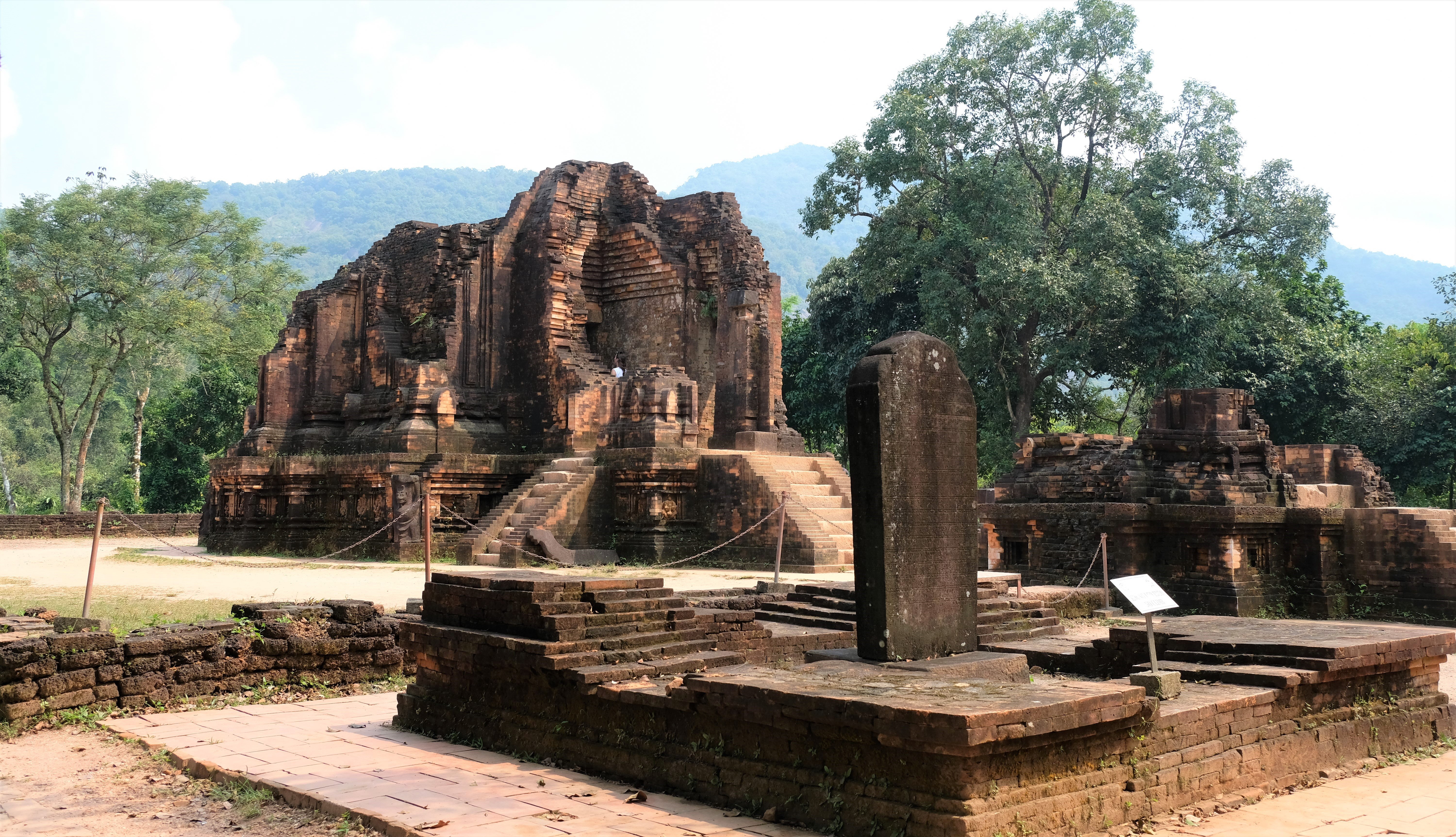
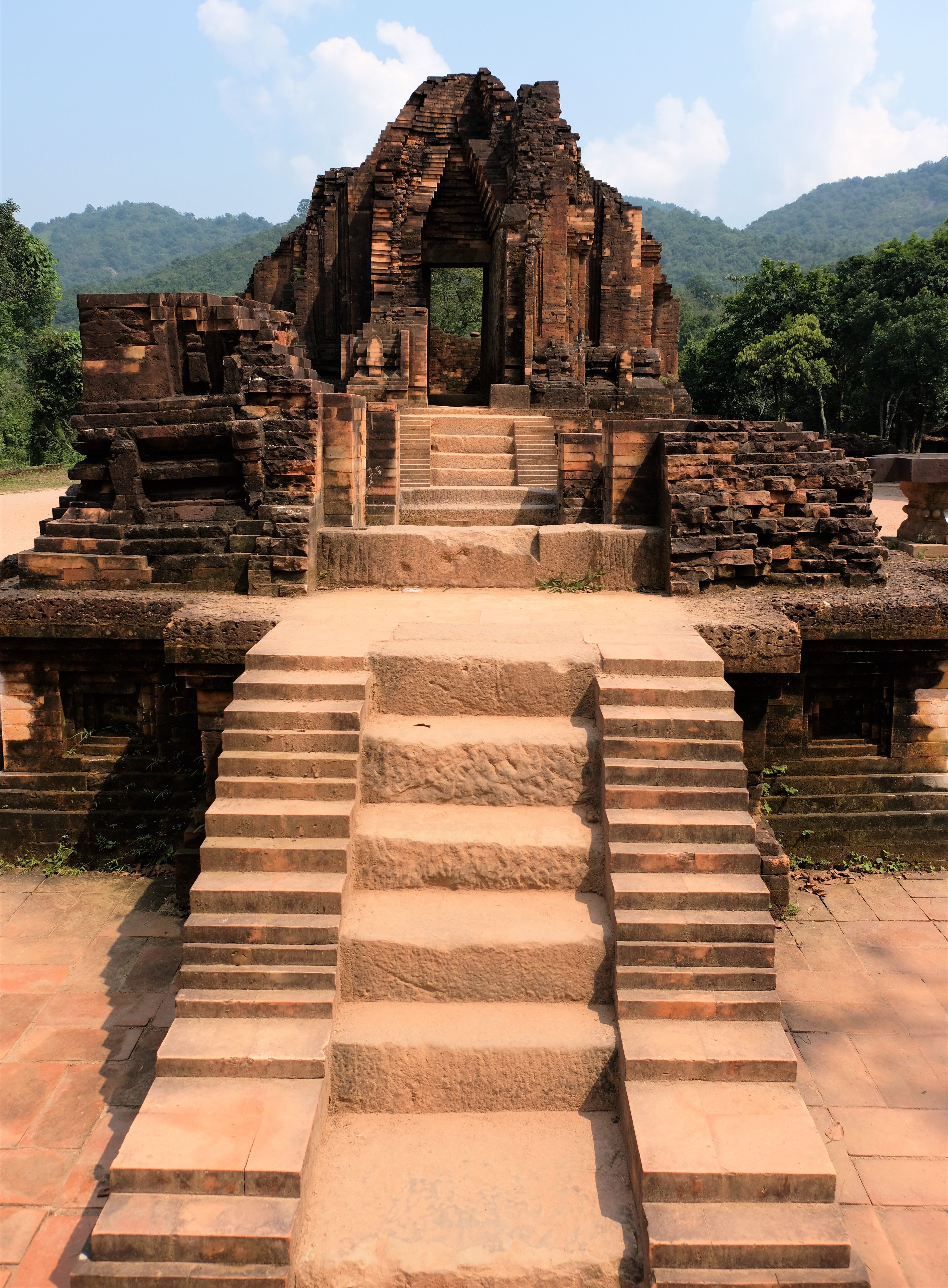
There are 14 classifications of temple groups at My Son (of the original 70+ temples) in 6 architectural styles. Of the remaining structures all are thought to be religious:
- Kalan- a brick sanctuary, typically in the form of a tower, used to house a deity
- Mandapa – an entry hallway contiguous with a sanctuary
- Kosagrha(fire-house) – a construction, typically with a saddle-shaped roof, used to house the valuables belonging to the deity or to cook for the deity
- Gopura – a gate-tower leading into a walled temple complex
The site itself is well marked but with grouping and styles I got confused, especially when revisiting my photos months later and trying to link them to which group etc. It’s not a small area to cover either, not massive but with many temples being propped up, falling apart and many not more than a foundation remaining I’ve decided not to attempt to label my pictures with group &/or style unless I’m 100% confident!
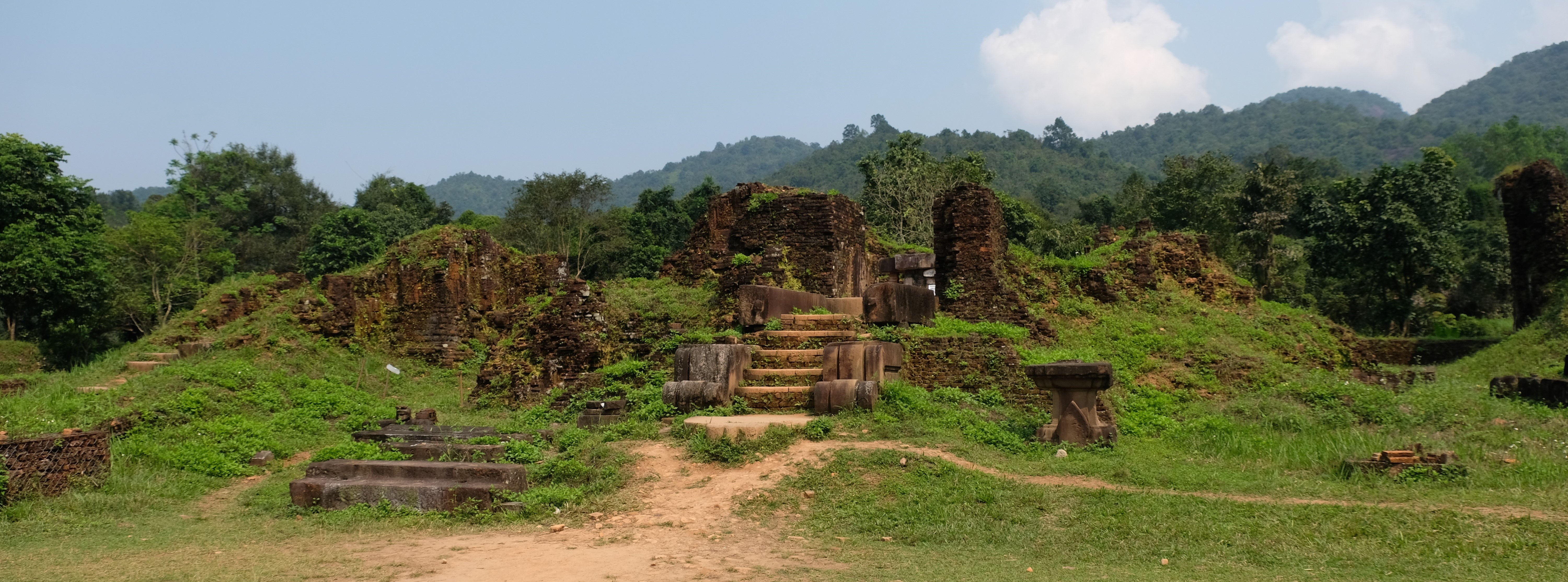
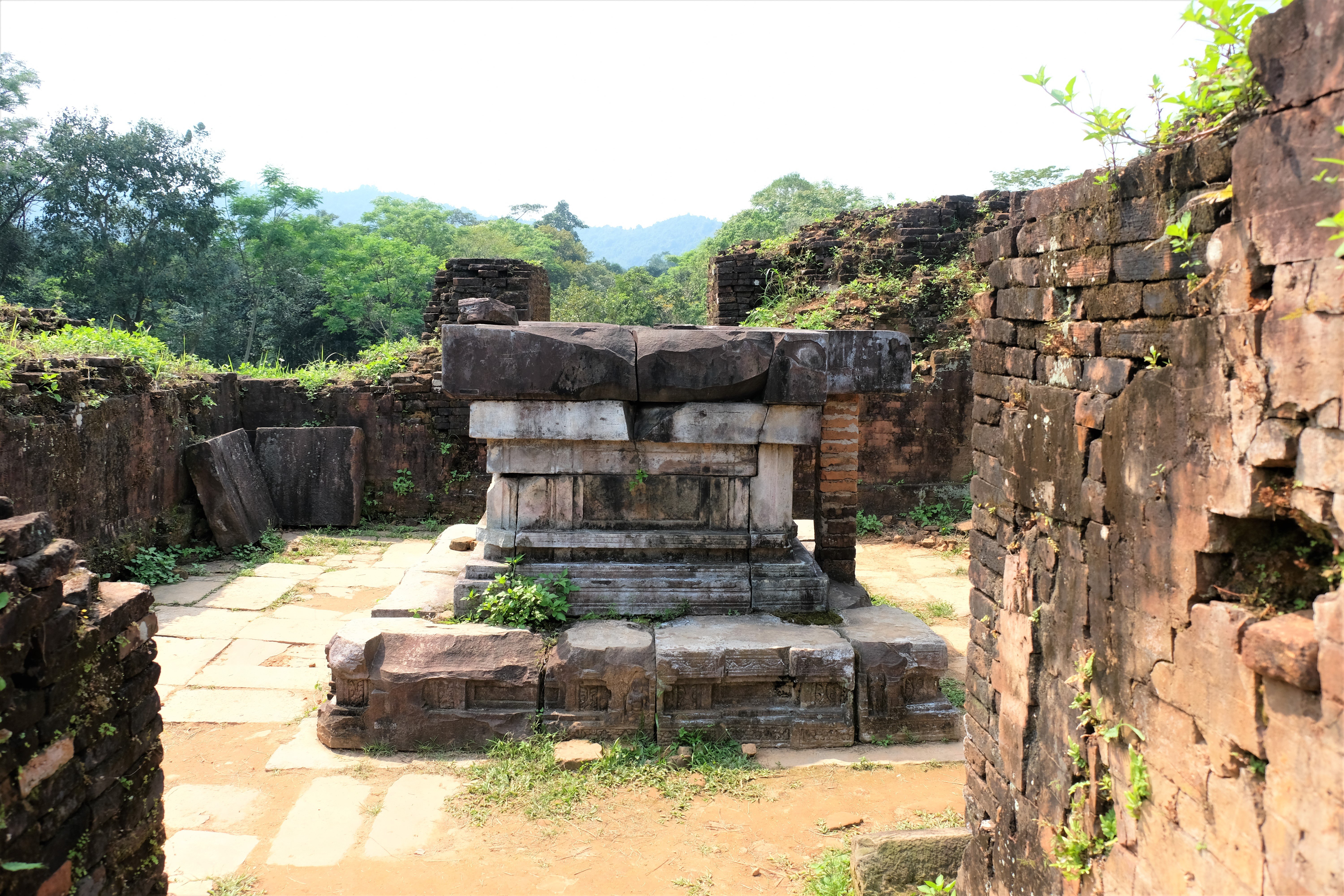

My Son is serene, ancient buildings fighting back the jungle (with a little help from us humans), there shapes of mostly sharp edges somehow compliment their surroundings. The structures are large but not overbearing, they have a symbiosis with their environment; whether this was the case when they were constructed I don’t know, I think they would have been. Their red brick an earthly colour now blackened due to recent history and coloured by green vines and moss, the gentle slow struggle between nature and man in unison.


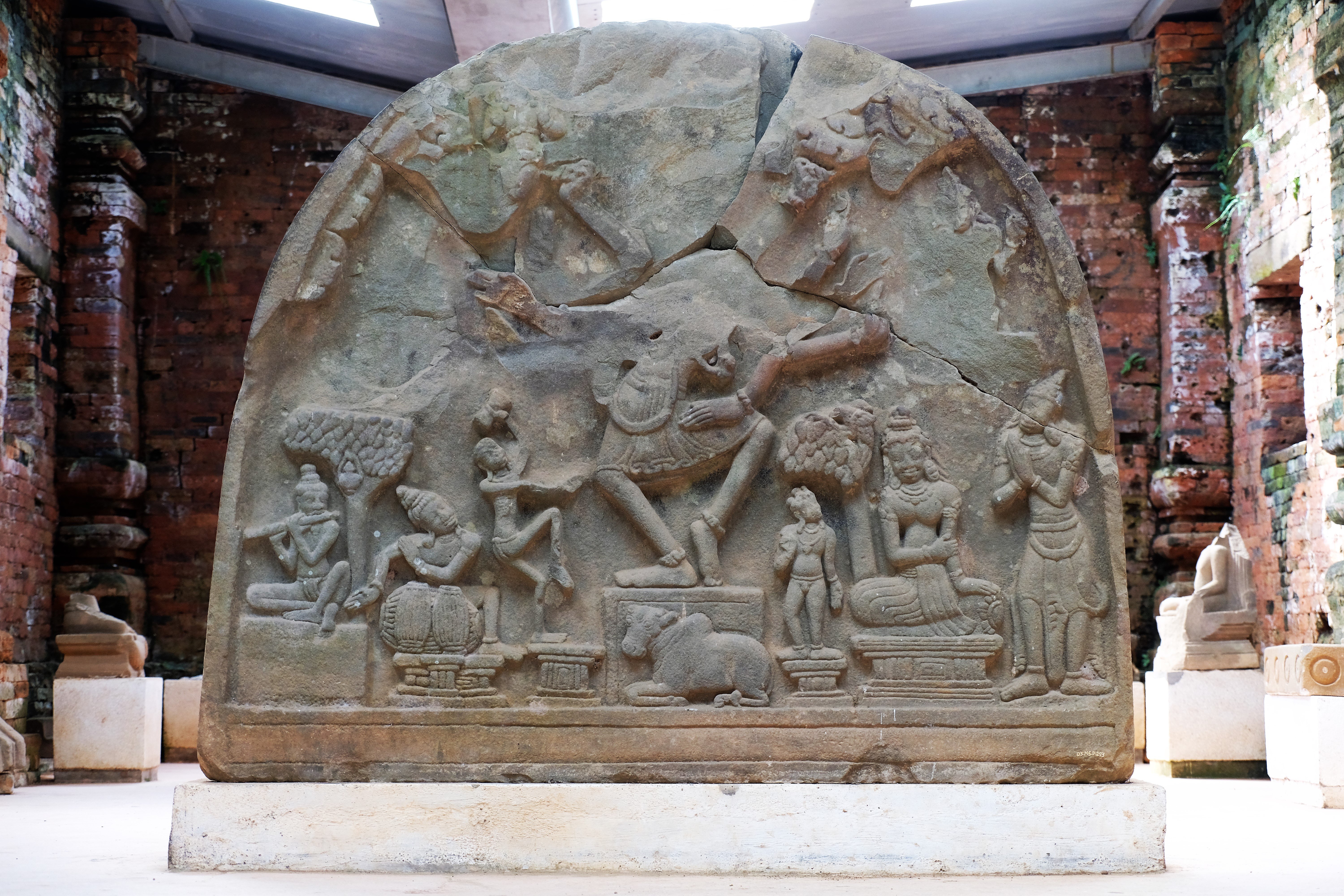
The exact construction technique is not known except that the sculptures are cut directly into the brickwork – when in the process of building is not known. There is no plaster or render, nor is it known what was used as mortar; the current hypothesis is that a resin was used in conjunction with the same material used as the bricks. When you look at the structures now it looks as if the bricks are stacked on top of each other with nothing between. It is also not known when the bricks were fired (before building or in situ) and when the carvings were done (pre-building or in situ). One of the reasons so little is known about these structures is because the Champa never left any writing behind, sure there are stele but these are used for religious purposes. They had and kept written records but wrote on degradable materials, combine that with the climate, these records perished long before any archaeologist visited the area.
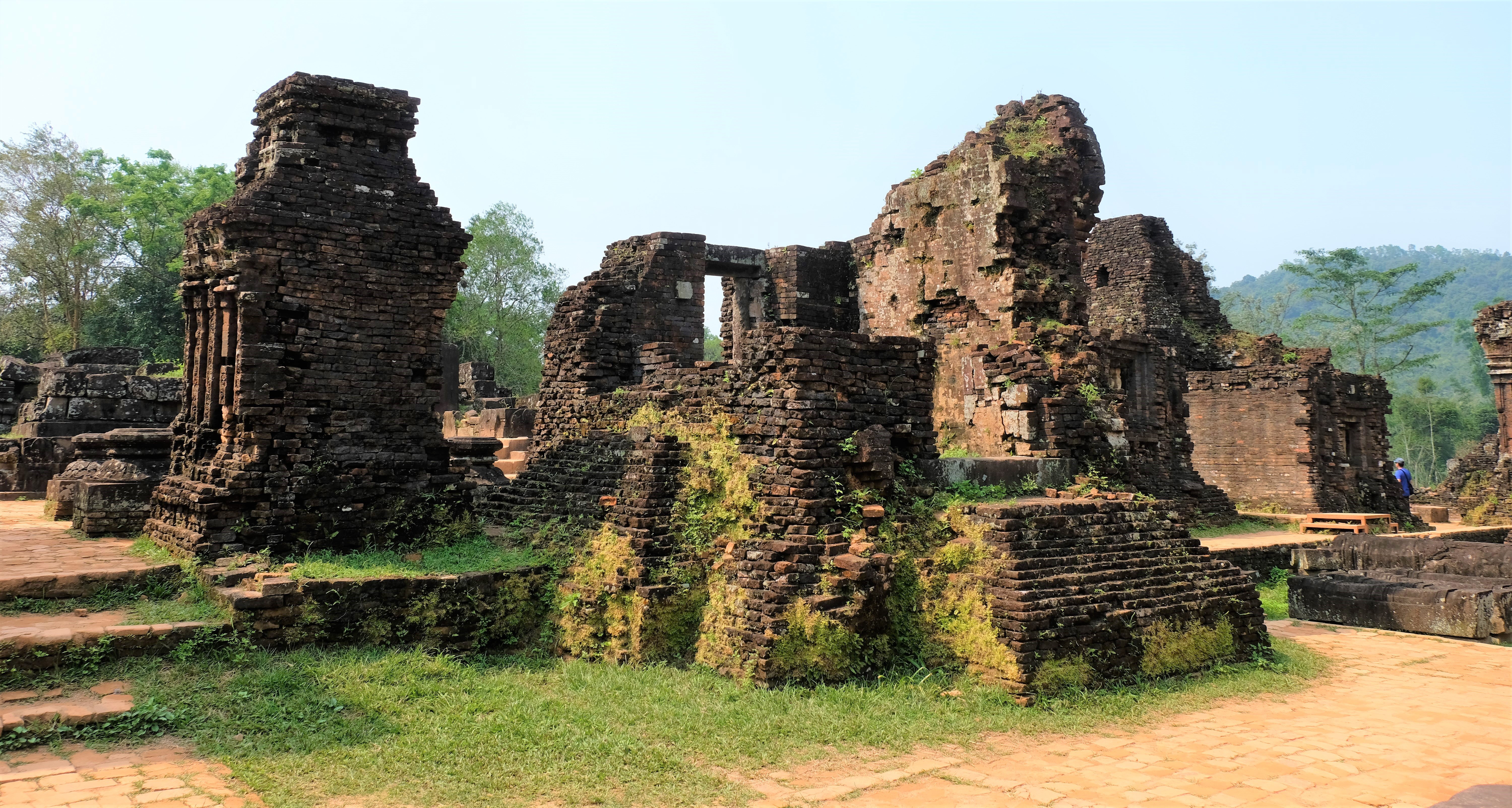
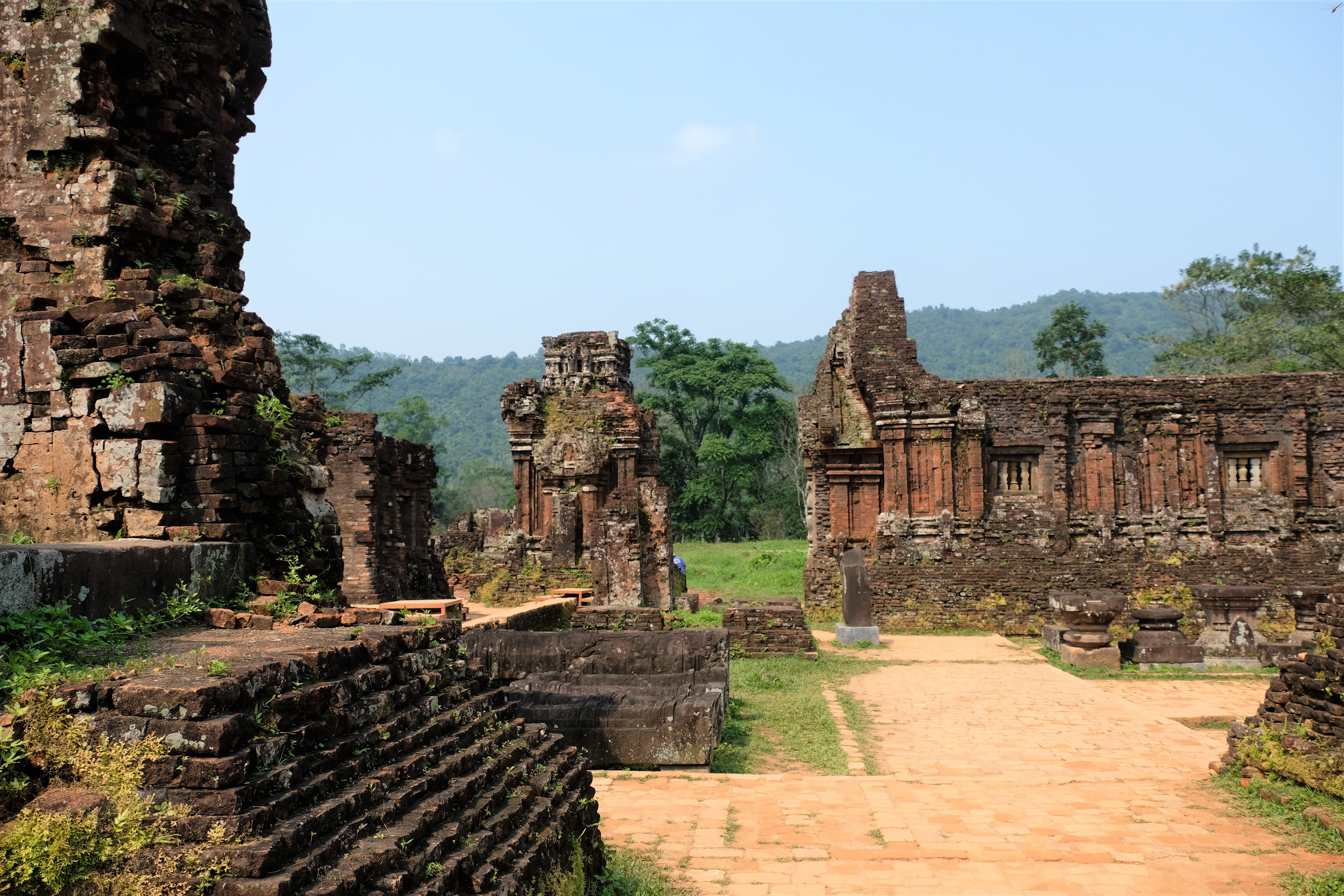
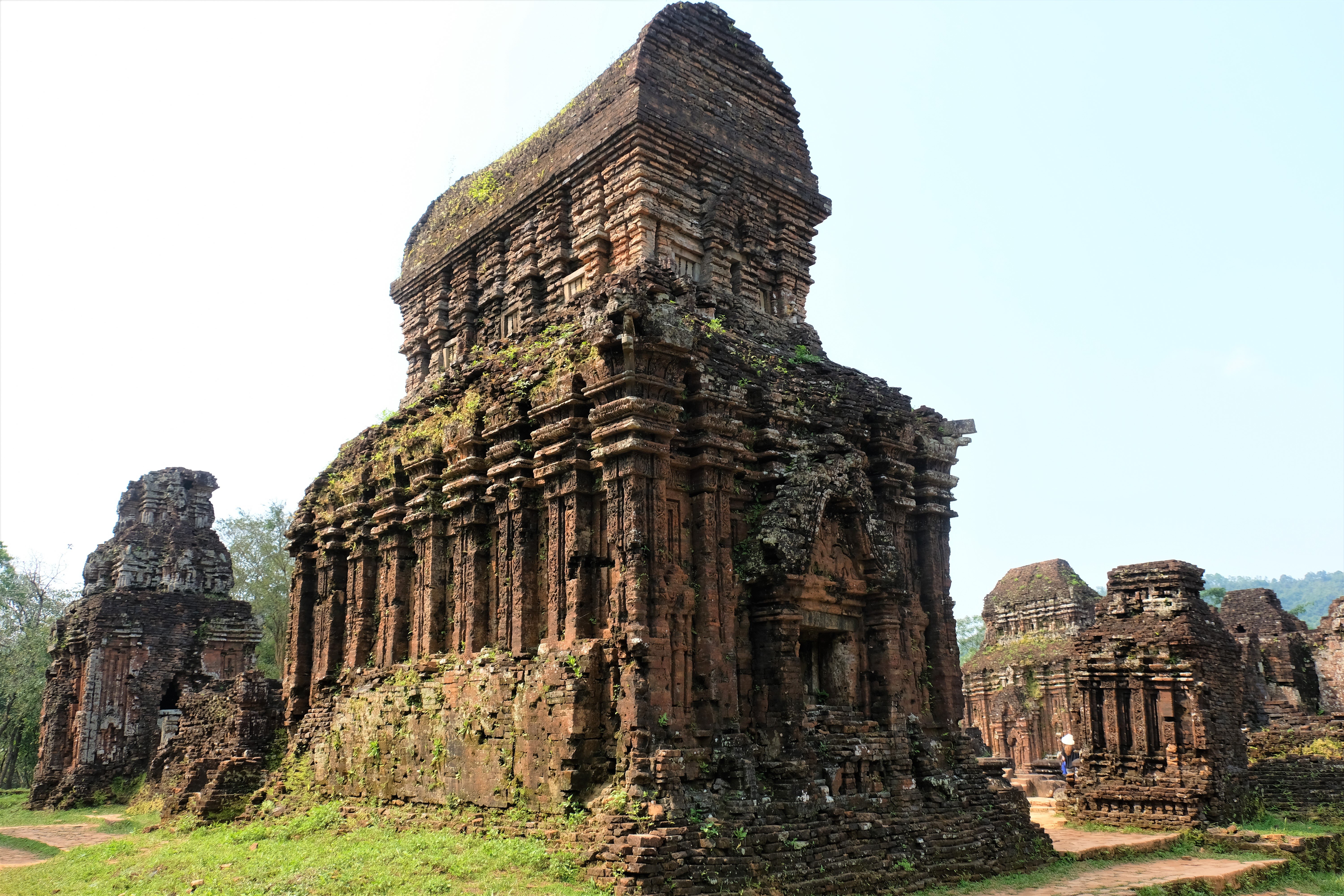
One thing I must admit whilst walking around the area, I kept thinking of the many Vietnam war movies I had seen over the years (my three favourites being Apocalypse Now, Full Metal Jacket and The Deer Hunter). Not to get political, I felt sorry for the young Americans sent here to fight in such inhospitable jungle environment that must have been foreign from where they came from. I can’t imagine what it must have been like in full army gear marching through this wet, thick forest, not to mention during the rainy season. Without local knowledge there was no way the Americans would succeed. You could have thousands of Vietnamese hiding around the circumference of My Son and you wouldn’t even know, that’s how impenetrable the vegetation is, it gets even worse the deeper you go. To some degree the only respite the locals would have had was that they knew the area, for them living and fighting in the tunnels and jungle must have been treacherous too.


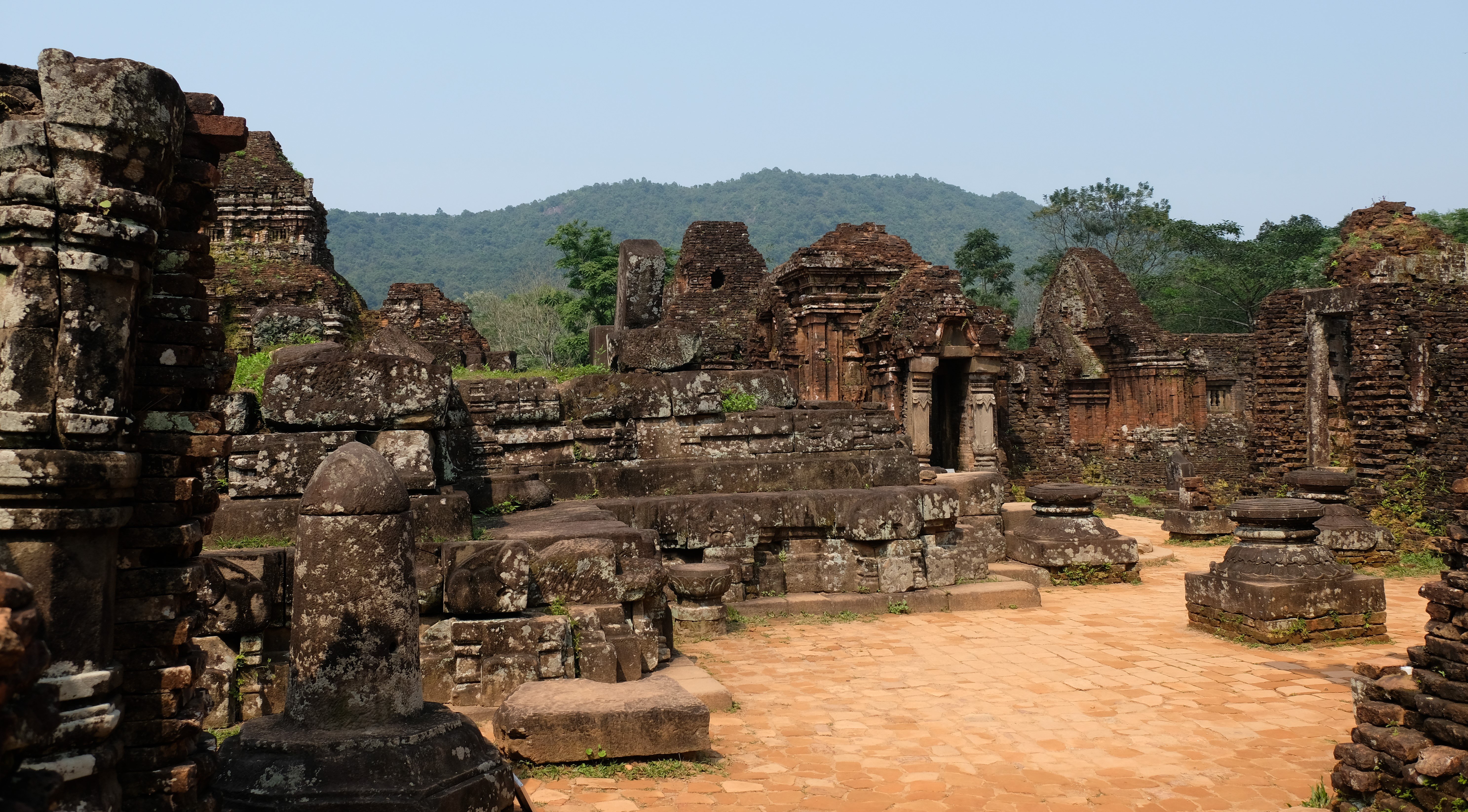
This is a beautiful place to visit, with that beauty comes the unforgiving jungle will all its danger and peril. Visitors come here every day to see the sites, not always remembering the killing fields around it. With the indiscriminate nature of carpet bombing nobody really knows who or how many people would have died at My Son and the surrounding areas. Maybe the only consolation to the killing that occurred here is that now this area has a serenity, an equilibrium between man and nature, I hope making it an acceptable last resting place for all those who died here.
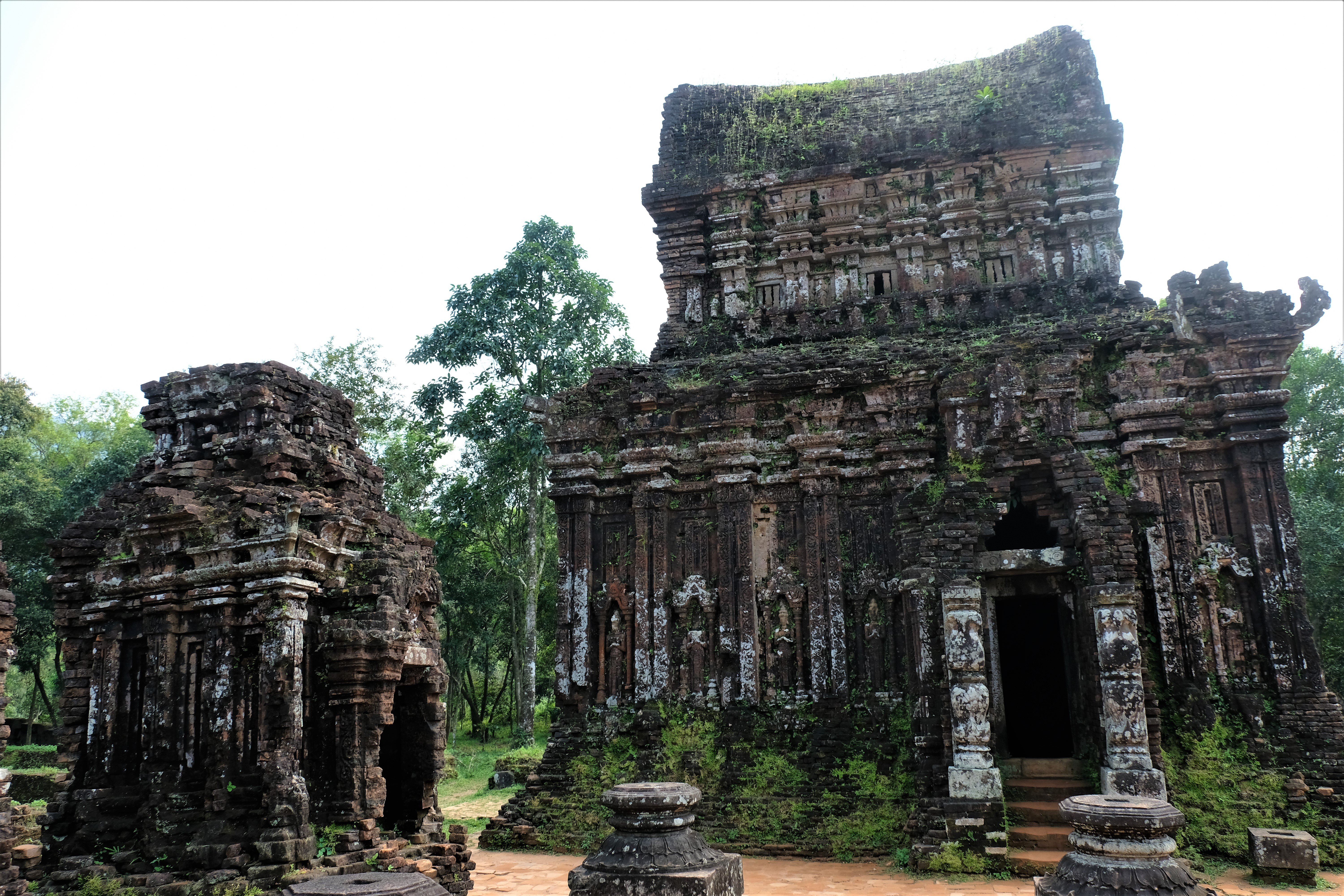
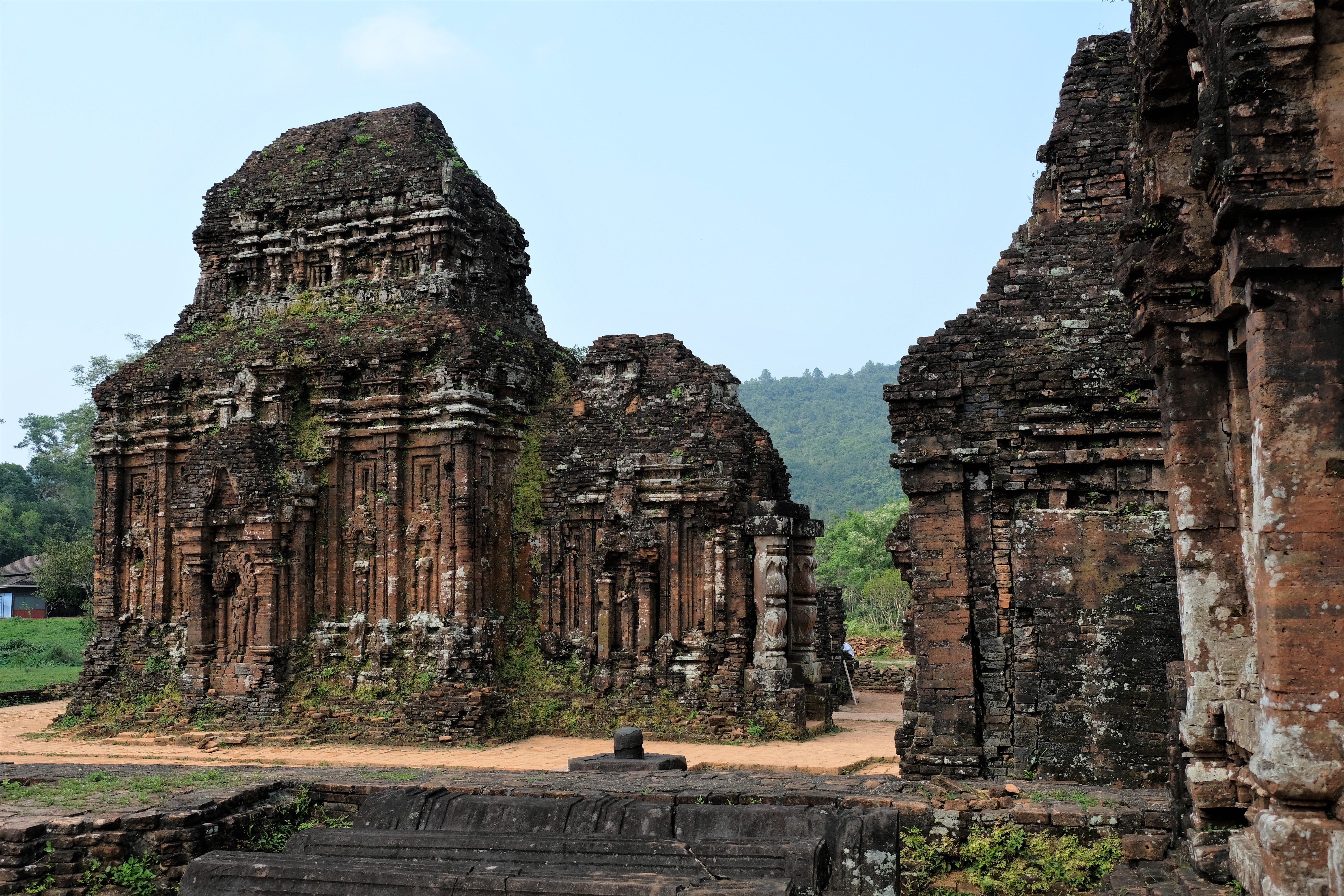

Yes, I was sweating like a waterfall, the conditions were uncomfortable, but I left My Son with many thoughts running through my mind war, the cruelty of man, beauty of nature, dedication of ancient civilisations and the lost knowledge of old cultures. I walked back to the shuttle cart in a solemn mood with and underlying current of joy, joy to be able to experience these things in life. I only waited for the shuttle for about 15 minutes, I filled my time watching a dog in total bliss playing for some toilet paper. Who knows where he got it from, but he was having the time of his life playing with it…it’s the little things in life that makes us happy – not a bad lesson to learn. I headed back to An Bang.

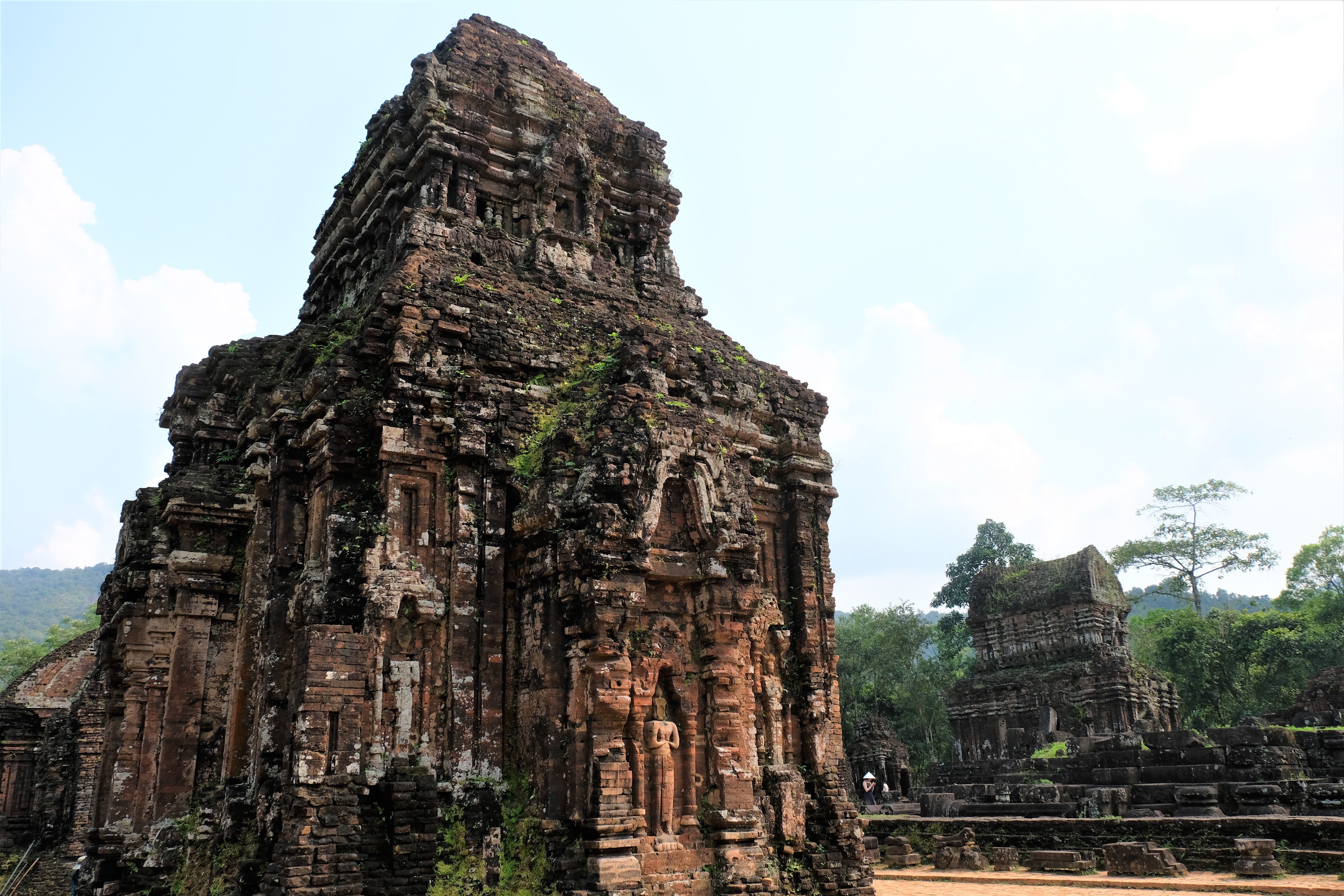

My last 2 days in Vietnam were spent on the island of Lao Cham before I headed off to Kuala Lumpur etc. etc. Lao Cham will therefore be my last blog about my time in Vietnam which I’ll post a few days after this.
